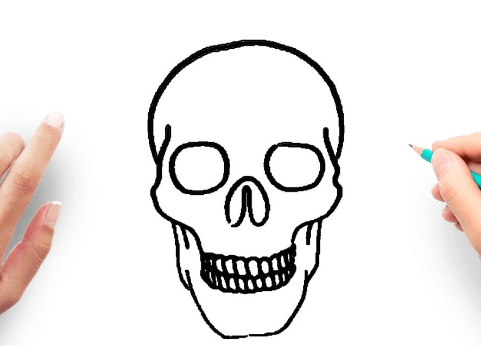Drawing:Oldj_7nsvxk= Skulls

The act of drawing skulls, particularly exemplified in the work ‘Oldj_7nsvxk=’, serves as a multifaceted exploration of both artistic technique and deeper philosophical inquiry. The historical significance of skulls in various cultures, combined with the technical mastery required to render them accurately, invites a nuanced discussion on their symbolic weight. As artists engage with these forms, they not only confront the anatomy of the human skull but also the broader implications of life and death. This interplay raises questions that demand further examination, urging us to consider what lies beneath the surface of this striking imagery.
Historical Significance of Skulls
Throughout history, skulls have served not only as symbols of mortality but also as significant cultural artifacts, reflecting the beliefs, practices, and artistic expressions of diverse civilizations.
These objects have offered invaluable insights into cultural perspectives and practices surrounding death and the afterlife.
Moreover, anatomical studies of skulls enhance our understanding of human biology, bridging art and science in a celebration of human existence.
See also: Drawing:Nl2qdfgosl0= Ghostface
Techniques for Drawing Skulls
Mastering the techniques for drawing skulls involves understanding the underlying structure and proportions, which serve as essential foundations for capturing their intricate details and forms.
Focus on achieving proportional accuracy to represent the skull realistically.
Additionally, employ effective shading techniques to convey depth and dimension.
These skills will enhance your ability to create compelling and lifelike skull illustrations, satisfying your creative expression.
Symbolism and Interpretation
Skulls have long been imbued with profound symbolism, representing themes such as mortality, transformation, and the duality of life and death in various cultures and artistic expressions.
Their cultural meanings often invite reflection, encouraging individuals to confront existential questions.
Through diverse artistic expressions, skulls serve as powerful reminders of the fragility of life, inspiring creativity and deeper understanding of our shared human experience.
Conclusion
In conclusion, the art of drawing skulls serves as a bridge between the tangible and the intangible, illuminating the intricate relationship between life and death.
Mastery of techniques and understanding of symbolism enriches the artistic portrayal, allowing for a profound exploration of mortality.
As artists wield their tools like skilled alchemists, transforming mere lines into evocative reflections, the resulting works invite viewers to contemplate their own existence and cultural beliefs, fostering a deeper appreciation for the human experience.




